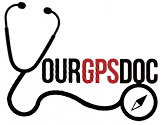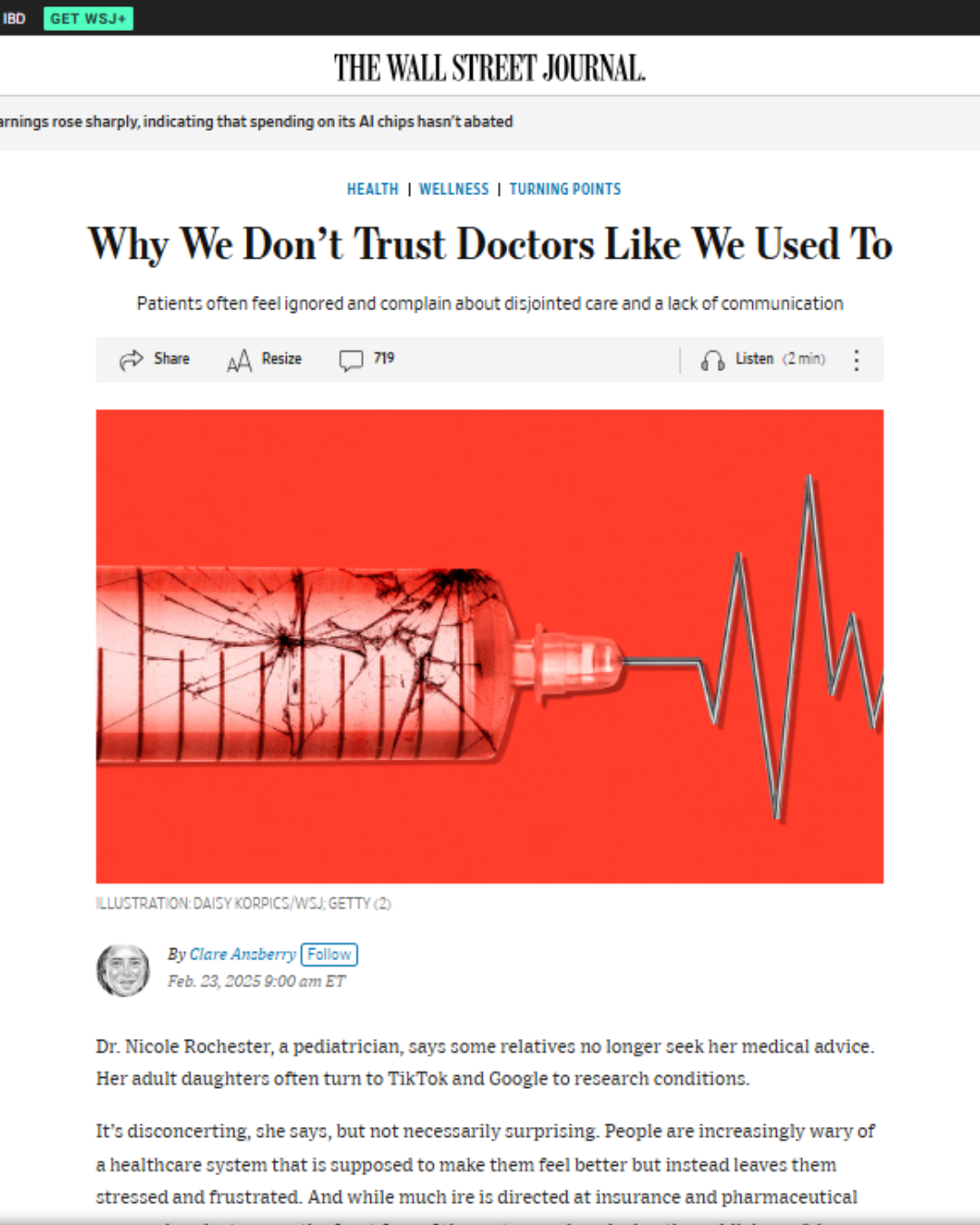In Part 1 of this series, we learned that individuals are responsible for an increasing proportion of their health care costs. We also learned that there are numerous barriers that prevent one from comparison shopping for health care, including a lack of cost transparency, significant variability in cost between facilities, limited health literacy, and concerns that lower cost means lower quality. (If you missed Part 1, please be sure to check it out.)
Whether you have health insurance through an employer, the Affordable Care Act (ACA), or you purchase insurance directly from the individual market, there is a trend toward higher premiums, copays, deductibles, and coinsurance. Now, more than ever, patients will need to be cognizant of the price tag associated with medical services. In this article, we’ll explore how to limit what you spend on healthcare.
Here are 3 ways you can shop for healthcare and save money.
-
Review your health insurance plan
There is essential information in your health insurance policy documents that will help you to estimate your out-of-pocket expenses for medical services. Be sure to review the following key pieces of information: 1) Deductible (both individual and family, if applicable), 2) List of services, if any, that are covered prior to meeting the deductible, 3) Copay for both primary care and specialist physicians, 4) Out-of-pocket maximum, 5) Covered services. (For a detailed explanation of common health insurance terms, be sure to read “5 Things You Absolutely Must Understand About Your Health Insurance.”)
Many plans have a deductible, but preventive visits (i.e. annual check-ups) and sick visits with your primary care doctor may be covered before the deductible is met. These visits typically require a copay of $20-$40. Conversely, visits to a specialist are often not covered and may cost you several hundred dollars until you meet your deductible. Knowing this information can help you plan ahead, particularly for non-emergent services. When you can’t plan ahead, there are still ways to save money on healthcare costs. Under most insurance plans, you will pay significantly more for an Emergency Room visit compared to Urgent Care. When appropriate, seeking care for illnesses and minor injuries in an Urgent Care facility will be associated with lower out-of-pocket costs. (Please be sure to contact your physician if you are not sure if you should go to the Emergency Room and always call 911 for emergencies.)
Be sure to also review your prescription coverage. Each health insurance plan has a formulary, which is a list of prescription medications covered by the plan. In general, generic medications are the least expensive and brand medications are the most expensive. Many insurance plans do not cover certain specialty medications and individuals will be charged full price, which can cost hundreds to thousands of dollars for a 30-day supply. It is nearly impossible for the prescribing physician to keep up with the multitude of insurance formularies and many patients are hit with sticker shock at the pharmacy pick-up counter. Reviewing this information can help you partner with your physician to choose less expensive alternatives when appropriate.
-
When possible, choose physicians and facilities that are in-network
If you are insured through a Health Maintenance Organization (HMO), the insurance company will only cover care that is provided by in-network physicians. If you have a Preferred Provider Organization (PPO) plan, you can receive care from an out-of-network physician, but you will pay a larger percentage of the total cost in the form of coinsurance. Insurance companies also have networks for hospitals, free-standing laboratories, and ambulatory surgery facilities. If you receive non-emergent care at an out-of-network facility, you may end up with a bill for thousands of dollars. When appropriate, be sure to obtain medical services from in-network providers to lower your out-of-pocket costs.
For more information about various health insurance plans, read “How to Choose the Health Insurance Plan That’s Best for You.”
-
Shop around and compare costs
When faced with an emergency, the primary goal is to get appropriate treatment as soon as possible. Concerns about cost are secondary, at best. However, there are many non-emergent services, such as MRI scans, laboratory studies, and elective surgery (i.e. knee or hip replacement), whose costs vary tremendously among providers and healthcare facilities. Limiting the cost of these services is incredibly important for individuals who must meet an annual deductible. Why pay $2500 for an MRI when you can get the same study for $600?
Getting accurate information about the cost of medical services is challenging, but there are resources available. For specific information, it is generally best to start with your insurance company. Many of the larger health insurance companies, such as Anthem/Carefirst/Blue Cross, Aetna, Humana and Cigna, have cost comparison tools on their websites. When using these tools, it is important to log into the site and provide as much information as possible to ensure the information reflects your geographic location and the contracted amounts allowed by your specific plan. There are also freestanding websites, such as Healthcare Bluebook, Amino, and Guroo, that provide general price ranges for medical services based on geographic location.
Healthcare costs are rising exponentially. Consumers are responsible for a larger share of their medical bills due to higher deductibles and coinsurance. In the same manner that we search for deals when purchasing shoes, clothing, and household appliances, shopping for healthcare deals will be increasingly important. By reviewing your health insurance plan, choosing physicians and facilities within your insurance network (when possible), and using online cost comparison tools, you can become a savvy consumer and limit your out-of-pocket costs.
Have you joined the Your GPS Doc Family? If not, please click here to receive notifications about new content as well as useful guides and additional resources only available to Your GPS Doc subscribers.








Leave A Comment